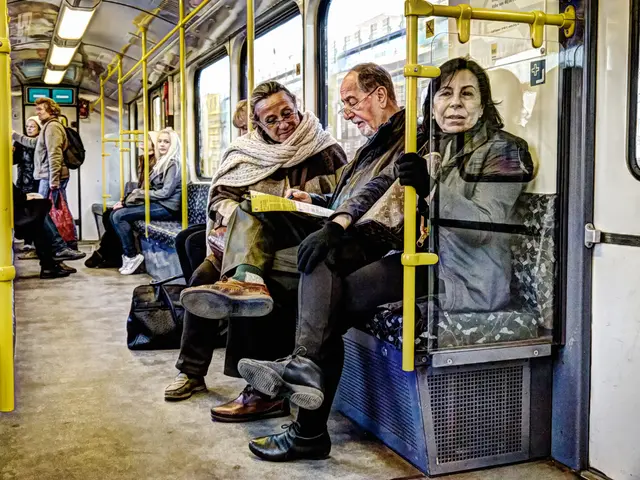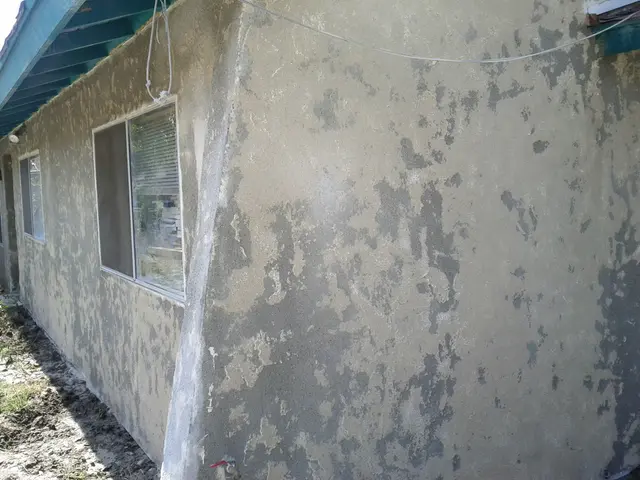Why ADFC Dresden Demands Continuous Bike Lanes at Wasaplatz
The Importance of Seamless Bike Lanes
Required wheel tracks for effective car washing
The ADFC, or Allgemeiner Deutscher Fahrrad-Club e.V., an influential cycling advocacy group in Germany, is arguing for continuous, unbroken bike lanes at Wasaplatz in Dresden. This is crucial because seamless bike lanes significantly boost cycling safety and encourage its utility as a transportation method. When bike lanes are fragmented or interrupted, cyclists are compelled to deal with chaos, increased accident risks, and it scares off would-be bikers.
More Than Caspar-David-Friedrich-Straße
While bettering cycling infrastructure on Caspar-David-Friedrich-Straße is key, solely focusing on this one street falls short of creating an interconnected network of bike-friendly routes. Dresden's cyclists need a system that links vital destinations so they can enjoy safe, direct travel across the city. Has it ever crossed your mind that Wasaplatz is a significant intersection connecting numerous routes? Building continuous bike lanes there would vastly benefit a massive number of Dresden cyclists, boosting the city's overall cycling culture and promoting green urban mobility.
The Consequences of Bike Lane Discontinuities at Intersections
Safety Jeopardy
Intersection gaps in bike lanes result in dangerous conflict points between cyclists and vehicles. This increases the risk of collisions, especially with cars making turns.
Flow Disruption
When gaps force cyclists to slow down or stop, it complicates their journeys and hampers the efficiency of cycling as a travel option. Smooth, continuous lanes foster a more enjoyable, faster-paced experience for both recreational and commuter cyclists.
New Cyclists Turned Off
When people witness discontinuities in cycling infrastructure, they may feel hesitant or intimidated to cycle, especially children and seniors. Building seamless lanes can help overcome these fears and encourage a more inclusive cycling community, including new riders.
The Bottom Line
ADFC Dresden champions thatWasaplatz deserves continuous bike lanes instead of just focusing on Caspar-David-Friedrich-Straße, as Wasaplatz is a central intersection knitting together multiple routes:
- Continuous lanes provide enhanced safety, efficiency, and promote cycling.
- Intersection gaps pose safety risks, disrupt pedaling flow, and discourage new riders.
By advocating for consistent, well-connected cycling infrastructure, the ADFC aims to secure an safer, friendlier, and overall more efficient cycling experience for all Dresden residents.
- The ADFC suggests that continuous bike lanes should be implemented at Wasaplatz, not just focusing on Caspar-David-Friedrich-Straße, as Wasaplatz is a significant intersection that links various routes.
- Seamless bike lanes at Wasaplatz would significantly improve safety, efficiency, and encourage cycling as a transportation method, while gaps in bike lanes at intersections increase risks, disrupt flow, and discourage new riders.
- An interconnected network of bike-friendly routes is necessary to foster a greener urban mobility, reduce the reliance on public-transit, finance, automotive, and transportation industries.







